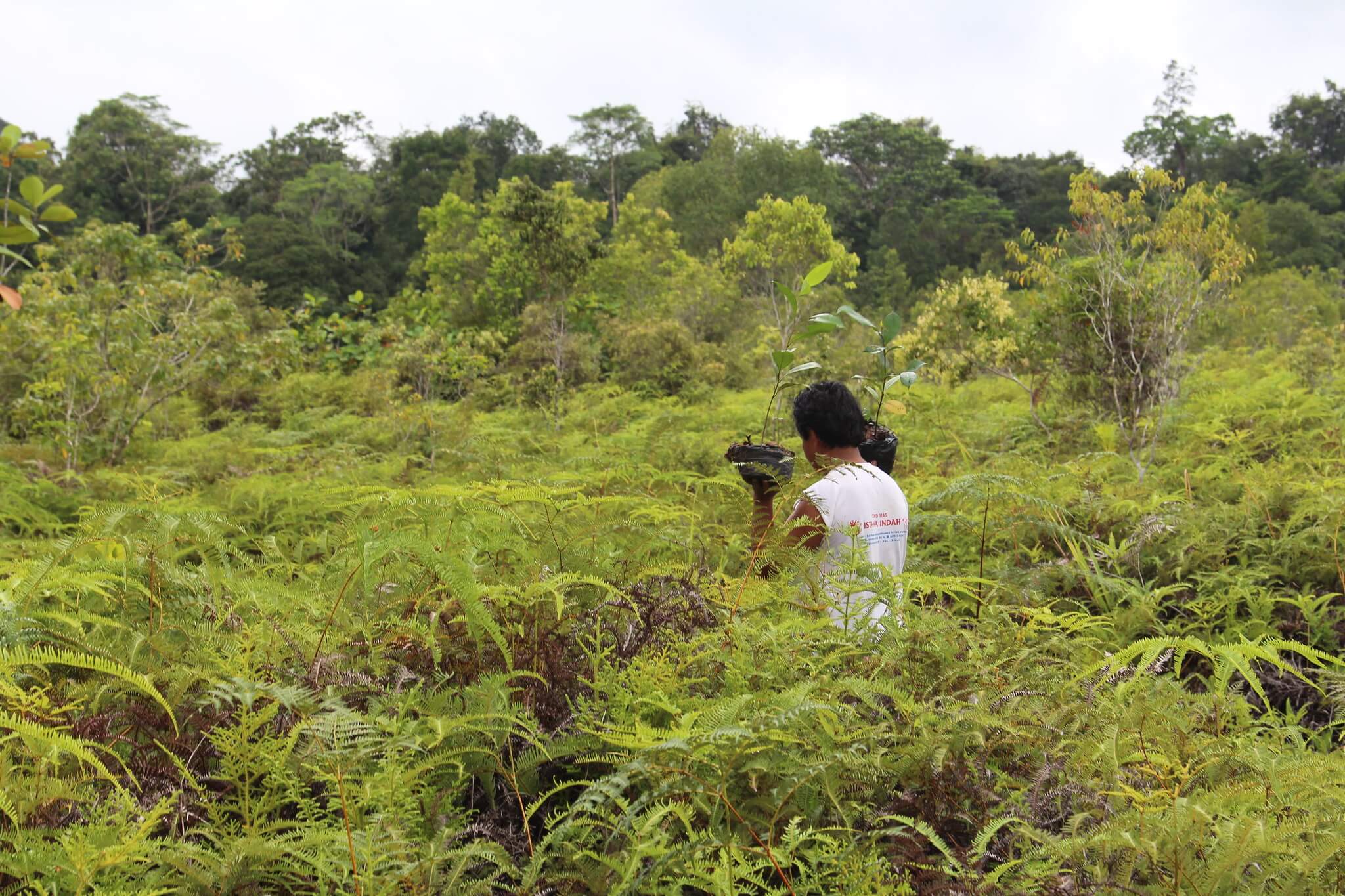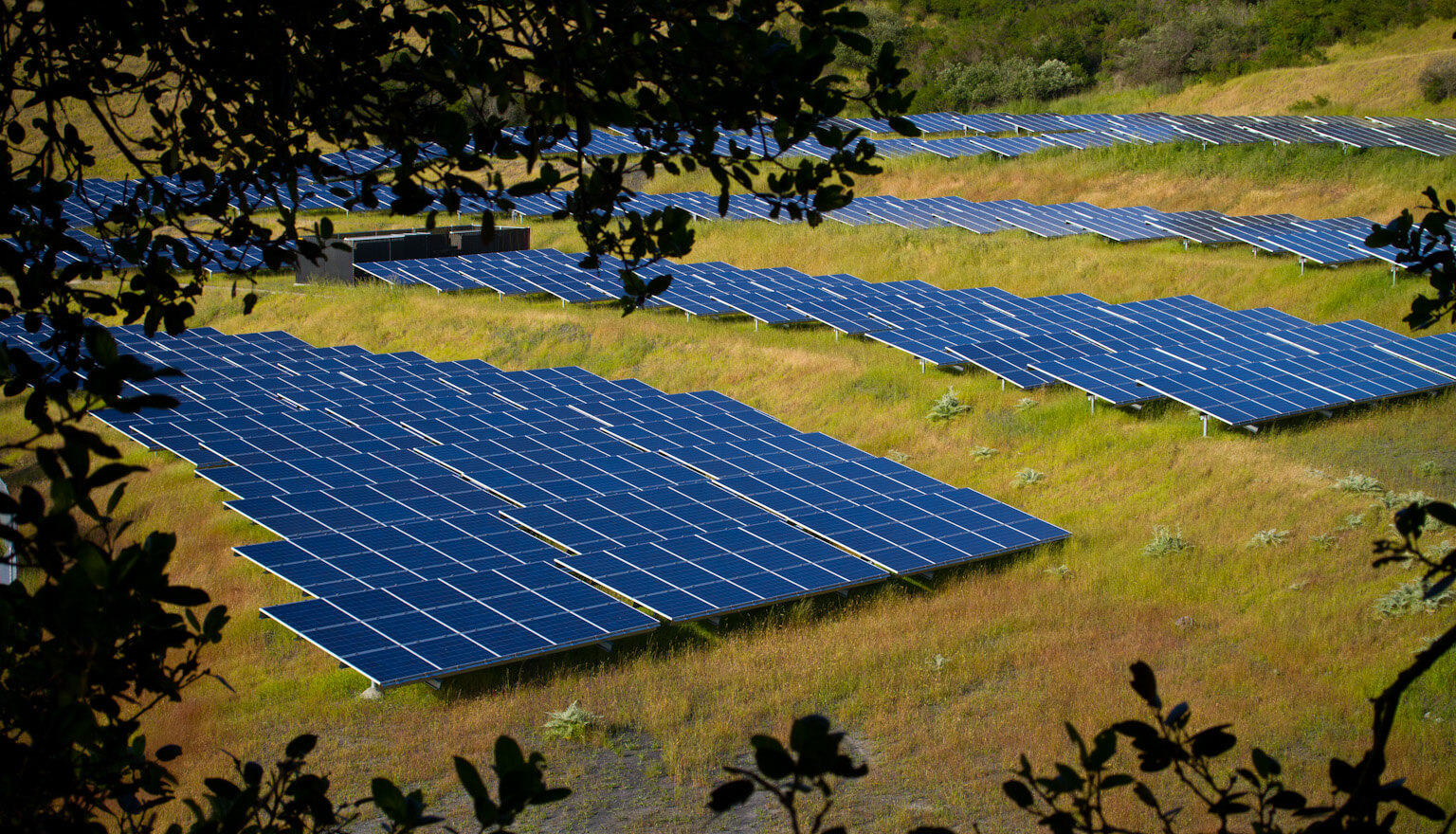.png)
What are environmental and social safeguards
Environmental and social safeguards, sometimes called ESS, are policies, standards and operational procedures designed to identify, avoid and mitigate adverse environmental and social outcomes for the people and areas impacted by a carbon project. The spectrum of environmental and social safeguards encompasses vital areas such as biodiversity protection, community engagement, economic and social benefits, safety and well-being and fair benefit sharing. Safeguards contribute to the sustainability and accountability of carbon projects by protecting against potentially harmful outcomes. In the intricate realm of carbon projects, the importance of understanding environmental and social safeguards cannot be overstated.
Examples of environmental and social safeguards in action

Example 1: A reforestation project in a rural community
A reforestation project is taking place within a rural community with diverse ecosystems. Ahead of project initiation, a comprehensive environmental impact assessment is conducted to evaluate the impact of reforestation. Based upon the results, measures are implemented to protect the local wildlife. To safeguard the local people, the project adopts a participatory approach engaging the community in decision-making, respecting their rights and preventing potential conflicts. The project also conducts regular community consultations and implements a benefit-sharing monitoring system to ensure equitable economic benefit-sharing with the local population. To ensure the well-being of both workers and community members, stringent safety protocols are instituted for all project activities. 
Example 2: A large-scale solar farm
Similarly, in a semi-arid region, a large-scale solar farm project also conducts an environmental impact assessment to minimize the ecological impact of the project. Learnings from the assessment are applied in the placement and implementation of the solar panels, in a manner that is least disruptive to the environment and local biodiversity. The local community is engaged in decision-making and brought job opportunities on the project. Rigorous safety measures, especially in solar panel handling and disposal, prevent environmental contamination and prevent harm to the local communities. Regular monitoring and transparent reporting mechanisms uphold accountability throughout the project's lifecycle.
International organizations set the environmental and social safeguard standards
International organizations such as the International Finance Corporation (IFC), the World Bank, the World Wide Fund for Nature (WWF) and the United National Development Programme (UNDP) have played an important role in paving the way for setting high standards for environmental and social safeguards. The IFC Performance Standards, The World Bank Safeguard Policies and the UNDP Social and Environmental Standards often serve as benchmarks for international best practices and requirements to ensure that a project is designed and implemented in accordance with human rights and international environmental principles.
How environmental and social safeguard standards are implemented in carbon projects
Some carbon crediting programs such as The Gold Standard and Verra, provide accountability by adopting environmental and social safeguard standards as a part of their program requirements. If a carbon project seeks certification by one of these widely accepted programs, the project design, implementation and operation must adhere to them. However, to date, safeguards requirements of these carbon crediting programs are not sufficiently robust and thorough, failing to live up to best practices. Moreover, not all carbon crediting programs require safeguards, and none of them require all of the categories recommended by international organizations mentioned above.
As a result, the current expectations of environmental and social safeguard standards for carbon projects have shown signs of insufficiency. Multiple cases of abuse of local peoples, unfair profit-sharing practices and harm to local wildlife have come to light. An issue that has been acknowledged by a carbon market guideline setter, the Integrity Council for Voluntary Carbon Markets (IC-VCM).
Why environmental and social safeguards matter
While all stakeholders in a project may agree that safeguards matter, they offer different benefits and risks depending on the role one plays.
Project developers: reputational and legal risk
The success of any carbon project hinges, to an extent, on the reputation it builds. Project developers recognize that a tarnished reputation can be detrimental, as seen in unfortunate cases like Kasigau and Kariba. Addressing environmental and social safeguards from the project's start is not merely a compliance requirement; it's a strategic move to safeguard a developer’s standing in the industry and demonstrates a commitment to responsible practices.
The absence of robust environmental and social safeguards in carbon projects also carries considerable legal risks for project developers. Neglecting adherence to established safeguards may expose developers to legal ramifications and regulatory scrutiny.
In both cases, environmental and social safeguards become a proactive shield for developers, preventing damage and cost before it occurs.
Buyers: public scrutiny and greenwashing
Buyers of carbon credits are typically publicly traded companies beholden to press and investors. By supporting a project without robust safeguards, they are at risk of greenwashing and moral accusations. The impact from accusations can hurt trust with investors, employees and customers, who want to see their own values reflected in a company’s. While GHG risk is often top of mind for this group, risks from a lack of safeguards pose a different but equally potent hazard to reputation.
On the ground stakeholders: livelihood and way of life
The people and ecosystems on the ground of a carbon project hold the biggest risk of all. If safeguards are not considered, local communities are at risk of things such as food source endangerment, inability to earn a livelihood, exploitation and more.
A key to mitigating many of these risks is involving stakeholders, particularly local communities, in carbon project design and operations. Safeguards ensure that these steps and more are a part of carbon projects. Engaging in carbon projects is crucial for achieving positive transformation. While the climate is typically priority one, it is all in service of building a more sustainable future, and that cannot be done without the people who are impacted most.
Evaluating environmental and social risks in carbon projects
Environmental and social risks in carbon projects result from a lack of, or lack of accountability for safeguards. To date, environmental and social risks have not received the same level of scrutiny as greenhouse gas risks in carbon projects. As a result, the carbon market’s management of safeguards is relatively immature and many risks go either unknown or unaddressed. Understanding environmental and social risks requires carbon credit buyers to do their due diligence. There are third parties who are explicitly knowledgeable in safeguards, such as our safeguards team at Calyx Global. Our role in the market is to help carbon credit buyers understand the environmental and social risks of a particular project through screening and analysis. There are also consultants who have expertise in safeguards. Regardless of approach, for any stakeholder to get a reliable assessment of environmental and social risks, greater transparency on these topics is needed from project developers and carbon crediting programs.
Environmental and social safeguards as guiding principles
In the world of carbon credits, environmental and social safeguards are not mere checkboxes; they are the guiding principles that shape the trajectory of projects. Whether it's safeguarding reputations, navigating issuance challenges or aligning with a moral imperative, these safeguards are the bedrock upon which sustainable and impactful climate initiatives are built. As stakeholders in this evolving landscape, embracing these safeguards is not just a choice; it's a responsibility we owe to our planet, local communities affected by these projects and future generations.
Get the latest delivered to your inbox
Sign up to our newsletter for the Calyx News and Insights updates.
